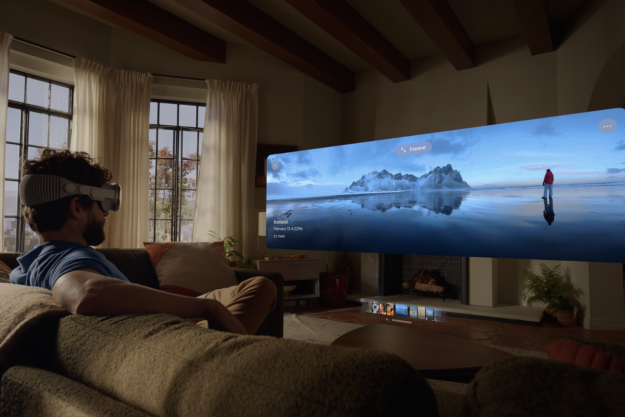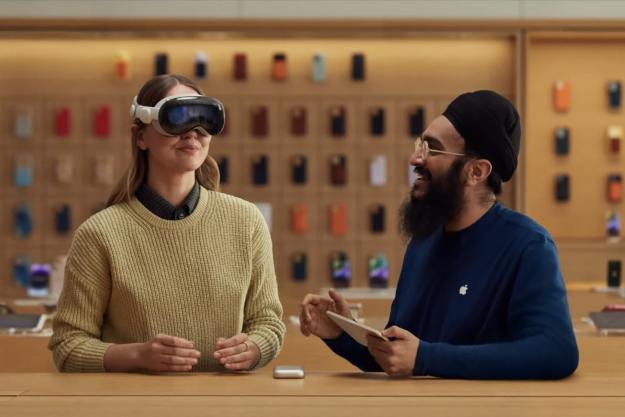
Although Cardboard-style VR and 360-degree videos are a far cry from the comfort, visual quality, and immersion of an Oculus demo or Valve-produced VR experience, the Google headset does have some major advantages. For starters, you already own the screen, as you simply pop your phone in the front and are off and running.
More importantly though, they’re amazingly cheap. For between ten and twenty dollars, you can start to play with VR. That’s something that the other headset manufacturers just can’t compete with.
And right now they can’t compete on content either. Although there are a few high-end experiences on Steam that you can trial in a Rift DK2 or HTC Vive developer kit, there are not that many fully featured applications to use with any high-end head-mounted display (HMD) just yet. In contrast, Google Cardboard has more than 1,000 compatible applications on the Google Play Store (as per Liliputing).
Cardboard can also allow users to watch all of the same 360-degree video content that the full-scale VR headset owners can.
Again, what Cardboard offers is very much inferior to the vision of virtual reality we all have in our minds, but just as home consoles eventually trumped arcades because they were cheaper, more accessible, and provided a relatively comparable experience, for most people virtual reality will be much easier to get into through a smartphone than a full-scale system and desktop.
It will no doubt be the case that in the future, when wireless, self-rendering VR and augmented reality headsets become commonplace, the cardboard system will seem far removed from the norm, but until the price of high-end HMD’s comes down to a level that the masses are willing and able to pay, smartphone-powered HMDs that are cheap and accessible will likely dominate.
Editors' Recommendations
- This new VR headset beats the Vision Pro in one key way and is half the price
- Vision Pro 2: everything we expect from the future of Apple’s headsets
- Vision Pro headset proves buggy for prominent Apple tipster
- Apple’s cheaper Vision Pro headset may have been scrapped, report claims
- There’s a bunch of bad news about Apple’s Vision Pro headset




